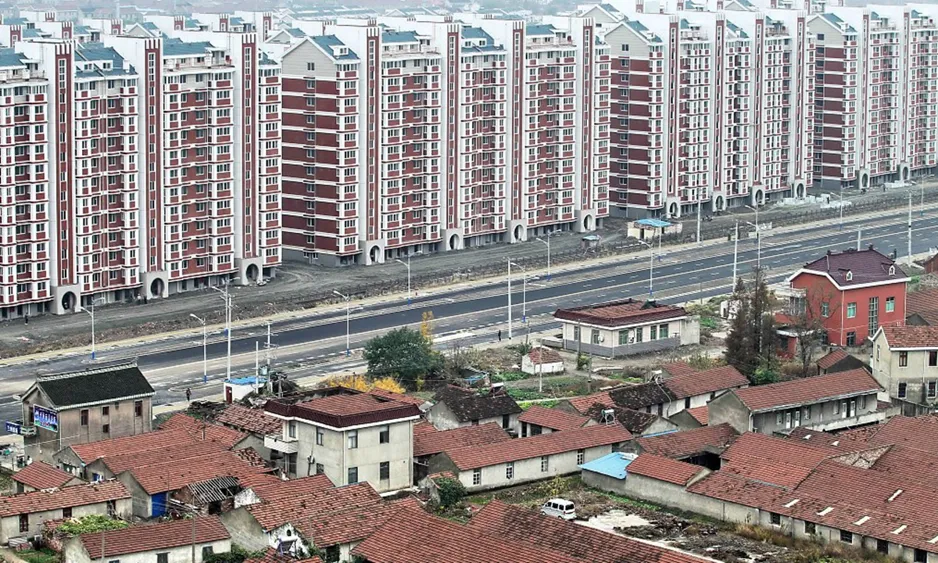Beijing Eases Housing Rules Unlimited Units Allowed Outside Fifth Ring

Beijing has recently announced further updates to its housing purchase policies, allowing eligible families to purchase an unlimited number of housing units outside the fifth ring road. This strategic move aims to bolster the real estate sector and provides a significant boost to housing availability for residents.
According to the official notice released by local authorities, families who qualify under the city’s purchasing criteria, which includes Beijing-registered families as well as non-residents who have contributed to social insurance or personal income tax for at least two consecutive years, will enjoy these new purchasing benefits. However, single adults looking to acquire commodity housing will still face the same restrictions as resident families.
Additionally, the notice introduces expanded support for first-home provident fund loans. Borrowers who do not own property within Beijing but have successfully repaid a loan from another city—who were previously categorized as second-home buyers—will now be regarded as first-home buyers. For instance, on a property valued at 4 million yuan with a provident fund loan of 1 million yuan, this reclassification could result in a reduced down payment by approximately 600,000 yuan and a lower monthly repayment by around 253 yuan.
The policy also enhances provisions for second-home provident fund loans, increasing the maximum loan amount from 600,000 yuan to 1 million yuan, providing additional assistance for housing improvements. Under specific criteria, such as green building policies or multi-child family status, qualified borrowers can receive loan amounts extending to 1.4 million yuan.
Moreover, the policy standardizes the minimum down payment for second-home provident fund loans, unifying it to a consistent 30 percent across all properties, in contrast to the earlier stipulation of a 35 percent down payment for properties within the fifth ring road.
This revised real estate policy reflects a significant shift towards greater easing of restrictions, following a high-level meeting in late July aimed at market stabilization. Yan Yuejin, research director at the E-house China R&D Institute, expressed that the primary objective of these updates is to stabilize the real estate market and prevent any further downturn.
Yan also noted the policy's focus on harmonizing job availability and housing access, illustrating valuable lessons drawn from similar past experiences in Beijing. This approach indicates that there are still policy reserves to leverage and that measures are being precisely executed to positively influence market dynamics, ultimately supporting the healthy growth of the real estate sector.
In a broader context, various regions across China have recently unveiled plans for the latter half of the year that emphasize market stability. On August 5, Jiangsu Province officials underscored their commitment to maintaining stability in the real estate market, aiming to promote urban renewal, augment quality housing supply, and stimulate demand.
Similarly, on July 28, an official from Yunnan Province highlighted that upcoming measures will focus on cultivating a balanced, structurally sound, and price-stable real estate market.
The reforms implemented by Beijing could serve as a model for other regions, showcasing effective strategies that align with stable and sustainable growth in the real estate market.
Read These Next

Guanglv Great Health to Acquire 20% Stake in Black Sesame
On August 8, 2025, Guanglv Health Plans will acquire a 20% stake from Black Sesame's controlling shareholder, altering control.

Navigating Corporate Control in Changing Markets
A commentary analyzing the implications of recent shareholding changes at a Chinese company, discussing historical valuation trends, control dynamics, and risks associated with pledged shares amidst market fluctuations.

South Korea carves unique path in AI race with U.S. and China
South Korea is developing a national AI model integrating domestic technologies to compete with U.S. and Chinese advancements. This strategy leverages its semiconductor expertise to establish a self-sufficient AI industry, despite the challenges posed by global technological dependencies.
